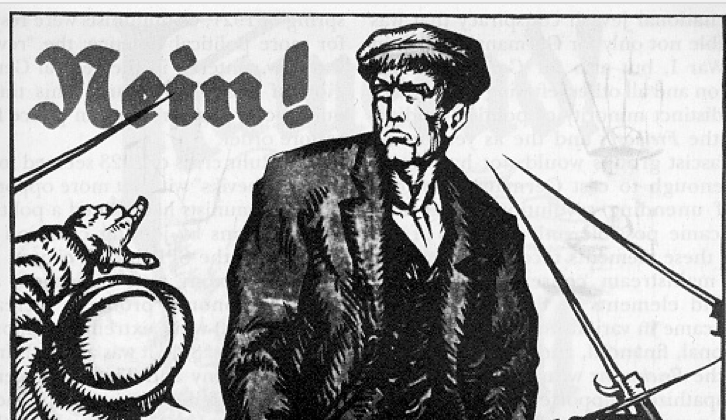The War in Germany series reaches the aftermath of World War I.
I must admit that I find the familiar arguments about Versailles profoundly unsatisfying. To try and give the discussion a more adequate framing I recur in this lecture to the concept of the “mode of war-making” that has been in the background of the entire lecture course. If World War I was something like a “total war” what does that imply about the peace?
The most remarkable thing about the course of events between 1918 and 1923 is surely that a total war was ended by negotiation, as a matter of conscious choice by the national government of a German state, which despite internal turmoil remained fundamentally intact. In this respect the peace was quite unlike those to which it is sometimes compared i.e Westphalia 1648, Vienna 1815 or the “postwar settlement” after 1945.
The first two were notable precisely for refusing the logic of state consolidation in the German territories. They were conditioned not just on some general principle of “Westphalian sovereignty” or a “European order”, but on an alignment of force that blocked the formation of a power state at the heart of Europe to the benefit of its neighbors, most notably France. The “postwar settlement” after 1945 was spectacularly revisionist in undoing the unification process and imposing a massive degree of external control on a country that was multiply partitioned. 1918-1923, by contrast, saw a tortuous process of trying to make a peace on the assumption of the continuation of a unified German state, a process made all the more difficult by the fact that it was undertaken without the substantial engagement of the major flanking powers i.e. Russia/Soviet Union, the United States, or, increasingly, the British Empire.
Peace-making under these conditions was a brutal and attritional process. It produced enormous tensions within Germany, tensions which in some ways are reminiscent of those unleashed on the territory of the Tsarist empire by the attempt to make peace at Brest-Litovsk.
The powerpoint is here: Tooze WinG2018 lecture 16 Making peace

